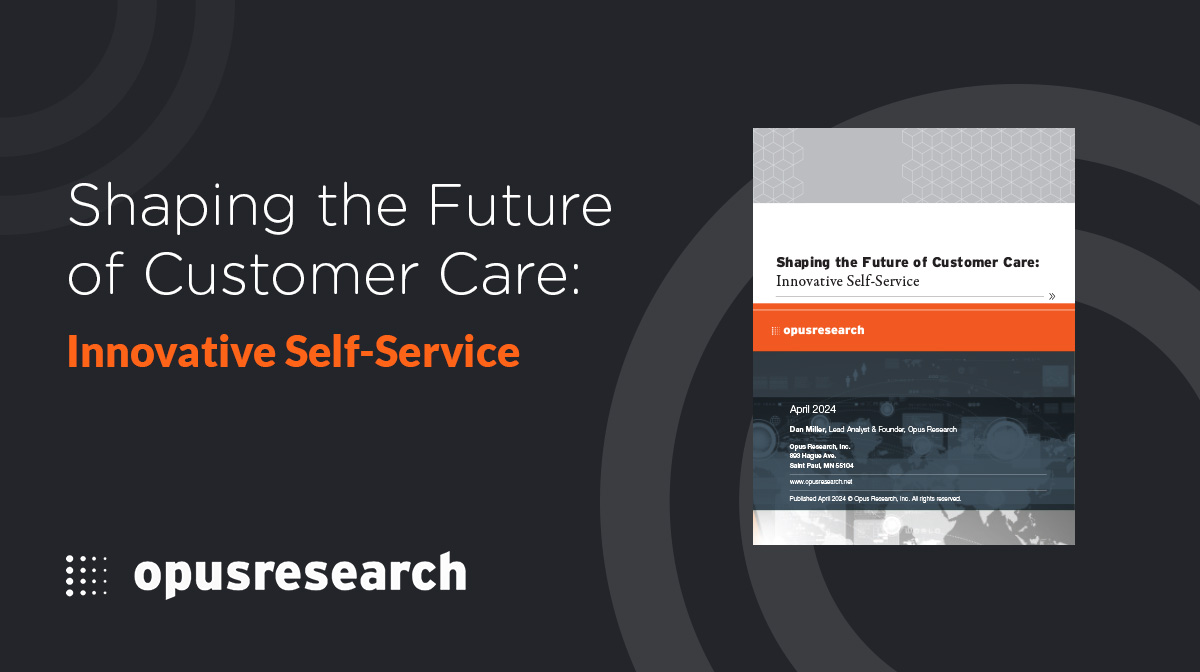Bank technology is shifting. Specifically, the automated customer service technology. Once only powered by human agents, the first automated technology that was introduced in the contact center acted mainly as a way to redirect calls to the right department.
While this traditional automation technology may have helped internal organizational practices, it did little to boost customer satisfaction. Customers still had to wait to speak with a live agent to address their tasks, and may have also had to endure frustrating menu trees or DTMF systems.
But in recent years, Conversational AI has given the opportunity for smarter self-service. And while there have been successful implementations of these solutions, many still fall short.
Why? Specifically in banking, there are multiple challenges to customer service. For one, privacy and security are extremely important. Paired with the fact that customers need immediate access to their accounts, this creates a difficult balance between accessibility and security.
Fortunately, there are some banks that are getting it right. Banks must use human and artificial intelligence in the right combination in order to deliver quality, secure, customer experiences at scale.
As we shift into this new age of customer technology, Conversational AI with systems that can incorporate both secure and accessible experiences, without compromising on compliance and regulation or the quality of the self-service interaction will stand out from the rest.
How can banks promote security within a Conversational AI application?
Security and privacy is of the utmost importance for banks. After all, customers need to know that their money is safe. Technology, when applied properly, has a huge opportunity to take away the risk that human agents create.
By implementing a range of security controls, such as log encryption, real-time data blocking, and sensitive redaction, data confidentiality can be enforced.
But how can security measures occur without impacting the quality of the conversation? That all comes down to conversation design. If banks are to implement a Conversational AI solution, they must work with experts in the conversation design field so communication still feels natural and effortless to the customer.
How can banks offer accessibility within a Conversational AI application?
Conversational AI applications allow for self-service, which creates nearly unlimited access to banking information. At any time of day, customers can leverage the technology to do whatever task they need–from setting up an account and resetting a password, to transfers and loan servicing.
Compliance and regulation are also important in banking. Conversational AI can ensure these rules are followed during every interaction. This can save banks from fines and create a consistent experience across all touchpoints with the brand.
This benefit alone already gives customers a huge lift in customer experience. Without wait times filled with annoying on-hold music, customers feel more valued and confident in knowing that they have access to their money when they need it.
Does self-service really equal a better experience?
So if both security and accessibility can be achieved with Conversational AI, the question remains if a virtual agent or a human agent provides a better customer experience.
With the proper knowledge, skills, and experience, Conversational AI applications can make decisions that are on par with human judgement. And while they cannot go outside of their programmed compliance and business rules, this means that they can offer a pretty similar experience in terms of conversation flow to a human agent.
However, the Conversational AI must be advanced enough to offer customers the ability to speak in their own words. Otherwise, there will still be frustration of having to repeat themselves or alter their language in order to conform to the technology.
If the Conversational AI application is able to reach this level of human communication, then virtual agents will equate to a better experience. After all, self-service with a virtual agent provides a quicker, more secure, and more accessible experience.
Curious about how innovative self-service is shaping the future of customer care in banking and beyond? Read our report to explore how cutting-edge technology is redefining secure, accessible, and satisfying customer experiences.




